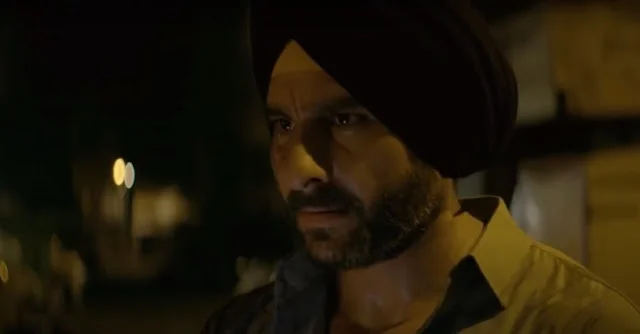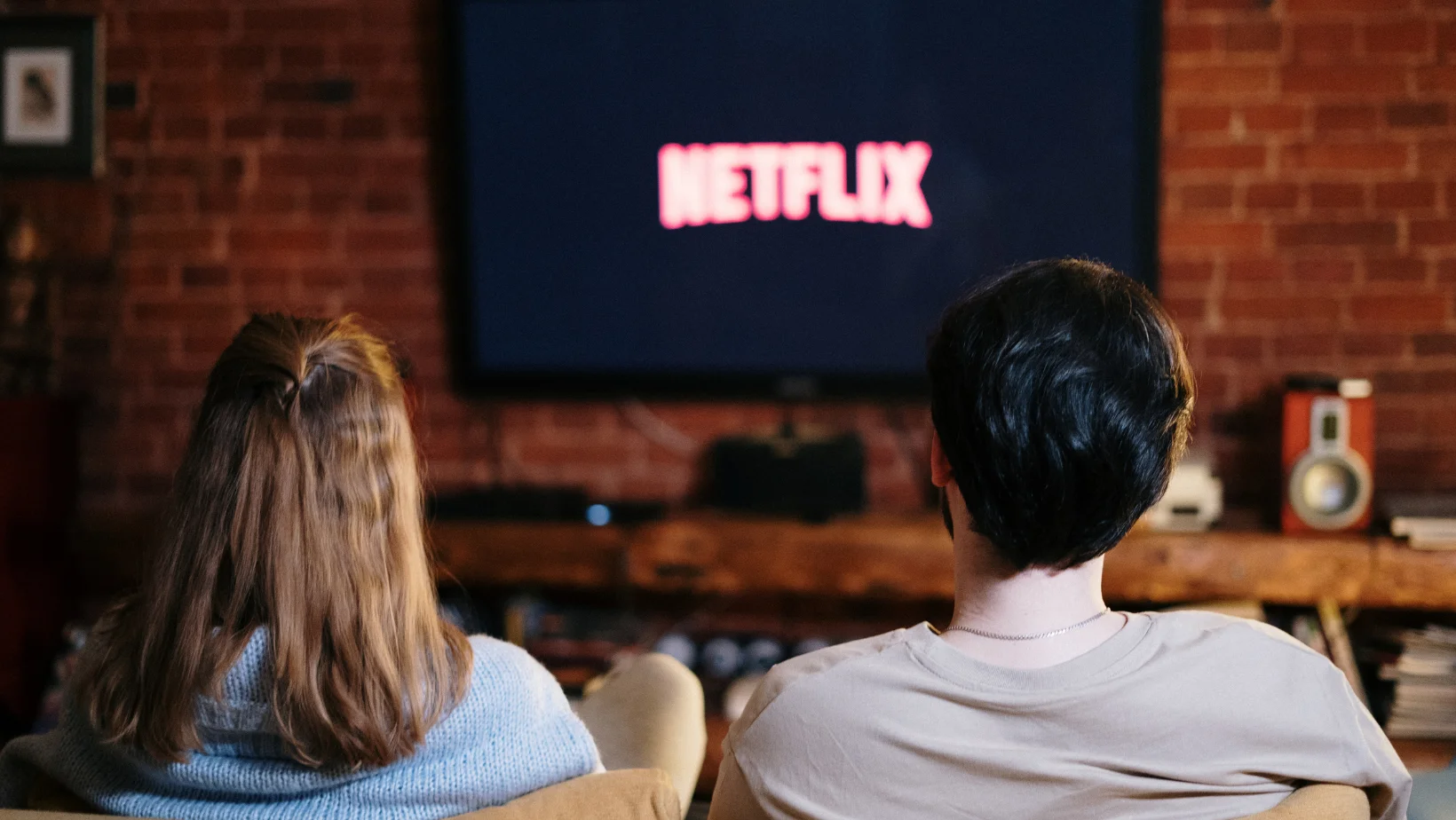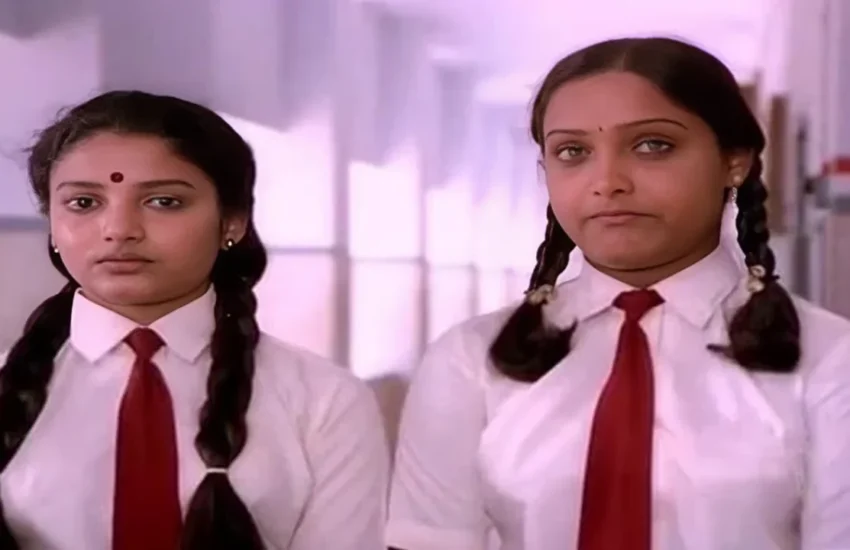Netflix Wants You to Be Dumb — And It’s a Strategy
There was a time when Netflix India felt like a bold new chapter for Indian streaming. Sacred Games by Anurag Kashyap and Vikramaditya Motwane dropped—gritty, complex, ambitious—and it looked like Netflix wanted to build something cinematic and meaningful here, something that respected the viewer’s intelligence.
But fast forward a few years… and something has changed. Massively.
Recently, Netflix Co-CEO Ted Sarandos said something surprising —
“We probably shouldn’t have started in India with Sacred Games. We should’ve started with something more commercial.”
Let that sink in. Sacred Games. The show that put Indian OTT storytelling on the global map. The show that said — “We’re not going to dumb things down. We’re here for the long game.”

And now? The message from the top is that they maybe shouldn’t have bothered.
What Netflix seems to want now isn’t storytelling with soul. It’s algorithmic virality. And what that usually means is: don’t make it too smart. Just make it loud. Make it trend.
So here we are — in the middle of a shift where Netflix India seems to be leaning away from content that challenges, and toward content that numbs.
The Trolling Doesn’t Matter Anymore — Only Numbers Do
Let’s talk about the recent Netflix India lineup.
Here are three shows and films that were absolutely torn apart online:
Mismatched, The Royal Treatment, Nadaaniyan.

Absurd. Shallow. Outdated storytelling. People weren’t just disappointed — they were furious. Memes flooded timelines. Reels mocked scenes. Twitter rants dissected every cringy moment.
And yet… two of them have been renewed for another season. And Nadaaniyan, a movie that got brutally trolled, clocked in 5.3 million views in its first week, as opposed to Kho Gaye Hum Kahan, a sensitive, well-made movie that got just 2.8 million views.
Let that number sit with you for a second. We’ll come back to it.
Netflix x Ekta Kapoor — This Is Not a Joke
But the final sign — the one that confirmed everything — was the announcement of the partnership with Alt Balaji.
Yes. Netflix is teaming up with Ekta Kapoor.
Ekta Kapoor, who — let’s be honest — didn’t just change Indian television, she flattened it. She gave us a decade of emotionally manipulative, intelligence-insulting content: women crying endlessly, reincarnated snakes, plastic surgery face swaps, and patriarchy packaged in designer sarees.
And now, she’s entering the Netflix universe.
It almost feels poetic. What Ekta Kapoor did to the older generation of women through daily soaps — Netflix seems ready to do to the younger generation with algorithm-friendly, emotionally hollow shows.
Why challenge your audience, when you can just hook them — and leave them slightly more numb?
But Why Is Netflix Doing This?
Here’s where that Nadaaniyan number — 5.3 million — makes sense.
It didn’t get there because people loved it.
It got there because of something far more 2025: hate-watching.
You see someone post a reel bashing a show. It’s funny. You’re curious. You hate it too. You post your own take. Then your friend watches it — just to know what everyone’s talking about.
And suddenly, the most mocked show on the platform is also its most watched.
That’s hate-watching.
And Netflix knows it works.
Because Netflix isn’t a film school. It’s a corporation.
It doesn’t survive on critical acclaim. It survives on numbers.
It doesn’t matter if you’re praising or roasting — if you’re watching and sharing, you’re still boosting the algorithm. And the algorithm doesn’t care about quality. It cares about traction.
It’s Not Just Hate — It’s Also About Being Numb
And that’s not all.
Let’s talk about something a lot more subtle. Something even more dangerous in the long run. Netflix is also investing in what creators call “second screen content.” Shows that don’t need your full attention. Something you can have on while you cook, scroll, eat, or clean. Basically, content that’s meant to be consumed in the background — not engaged with deeply.
There’s no demand for silence. No emotional weight. No narrative patience. It’s fast-food storytelling.
Because here’s the thing: unlike theatres, where every ticket is a cost, streaming feels free. You’ve already paid for it. So even if something’s bad, you let it play. You sit through it. You scroll while watching. You forget about it 30 minutes later.
And Netflix loves that. They just want you to stay.
So Who’s to Blame?
Let’s be honest. Netflix isn’t doing anything to us. It’s simply responding to what we’re already doing.
We make a show trend through our memes.
We hate-watch it out of FOMO.
We joke about it, quote it, and boost its presence.
Netflix just listens to the noise. And the truth is, outrage travels faster than art.
That’s what they’re leveraging.
That’s what’s winning.
But Is There a Way Out?
This sounds bleak — and yes, in some ways, it is. But I don’t want to end on cynicism. Because, despite everything — the shallow content, the hatewatch loops, the second-screen traps — the platform still holds some incredible stories.
You won’t find them in the “Top 10 Today” tab.
You won’t see them in meme pages or reels.
But they’re there.
Sir, Ajji, Miniaturist of Junagadh, Jaane Jaana, Chopsticks — small, sensitive, surprising films. All waiting for someone who’s willing to look beyond the algorithm.
So no — Netflix can’t make us dumb.
But it can profit off our distraction.
The question is: do we click on what’s trending… or go looking for what’s worth watching?

I can’t stop talking about films, so I blog!
I started The FourthWall, my film blog, to share my thoughts on films and shows with fellow movie buffs, and over the years it has become my happy place. Come join in for some interesting conversations on cinema… and sometimes books and fashion!








